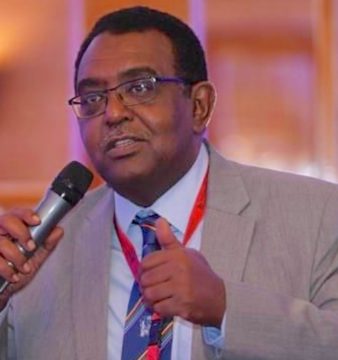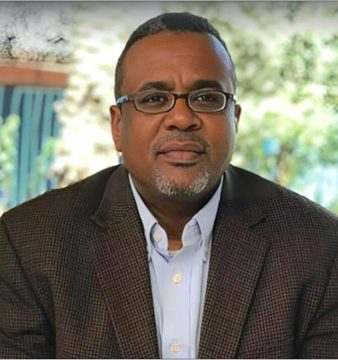The Art of Medicine
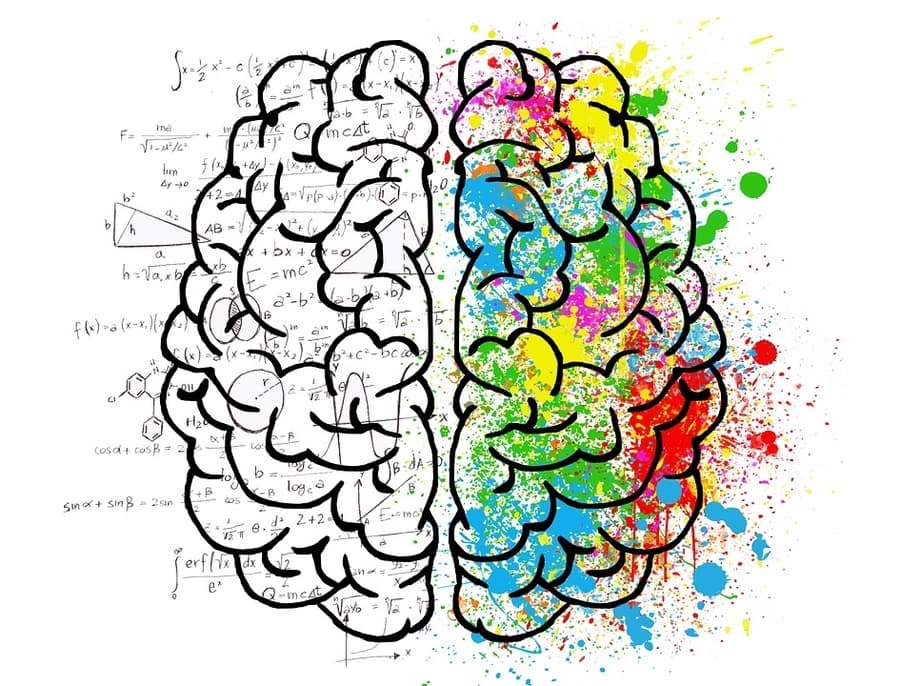
Health is one of the most valuable things in our lives. Scientists and medical practitioners continue to uncover cures and new methods to treat from the least invasive to most deadly illnesses and ensure a healthy long-lasting life for people in the world.
Healers or doctors are considered elite in their societies, especially in Sudan. With their passion and empathy, Sudanese doctors are expected to be the most knowledgeable, skillful and wise intellectuals in society.
Because of this duality, it is often asked whether medicine is an art or a science. Doctors believe that medicine is not just an applied science but that it has other aspects. Some are convinced that the doctor-patient relationship which is based on empathy, compassion and good communication is a form of art.
Some medical doctors refer to the non-scientific actions or practices a physician performs as the art of medicine. It is believed that the ‘art of medicine’ is an integral part of medicine. Literature suggests that the art of medicine was founded in ancient ages. Compassion and empathy were the first pillars of healing. Science followed later and together, these components comprise our current medical practices.
Are doctors artists?
The debate on the status of medicine as an art or science continues. Dr Sadhu Charan Panda (M.D.), an editor of the Journal of Community Medicine, assistant professor and medical practitioner, wrote a paper on Medicine: Science or Art? to discuss the meaning of art and science in terms of medicine, and to find out to what extent they have their roots in the field of medicine. He says:
‘For a successful practice, a doctor has to be an artist armed with basic scientific knowledge in medicine.’
From my personal experience, studying medicine has opened new doors for me. It gave me an opportunity to observe and think creatively. Understanding our complex biological systems has made me see ourselves in a different way. It is amazing when I think of the immune system — how it is constructed, how it functions, how it can detect and respond to foreign invaders and even how an accidental single gene mutation can cause serious diseases. Also, how humans get sick and how they are healed is an interesting story on its own. I have also found it very interesting to study how people behave when it comes to their health and disease. The inherited practices believe that the concepts about health and disease are wonderful spaces to navigate and explore.
I have attempted to express my feelings towards human bodies and their mysteries in the form of poetry and writings. Although, I did not publicly share it, I believe they are good pieces of art.
The work of great writers like Sir Arthur Conan Doyle, Nawal Alsadawi, Mostafa Mahmoud, and Ghostaph Lobon, prove my case. In addition, the father of medicine Hippocrates and noted healer Ibn Sina were both physicians and philosophers.
An artist is an observer and so is the doctor. Both of them observe and treat different problems. An artist deals with social and political issues while a doctor deals with curing diseases and relieving pain. While an artist uses poetry, writing, music and other ways to reflect upon their observations, doctors use medicines and sometimes music and art to treat their patients.
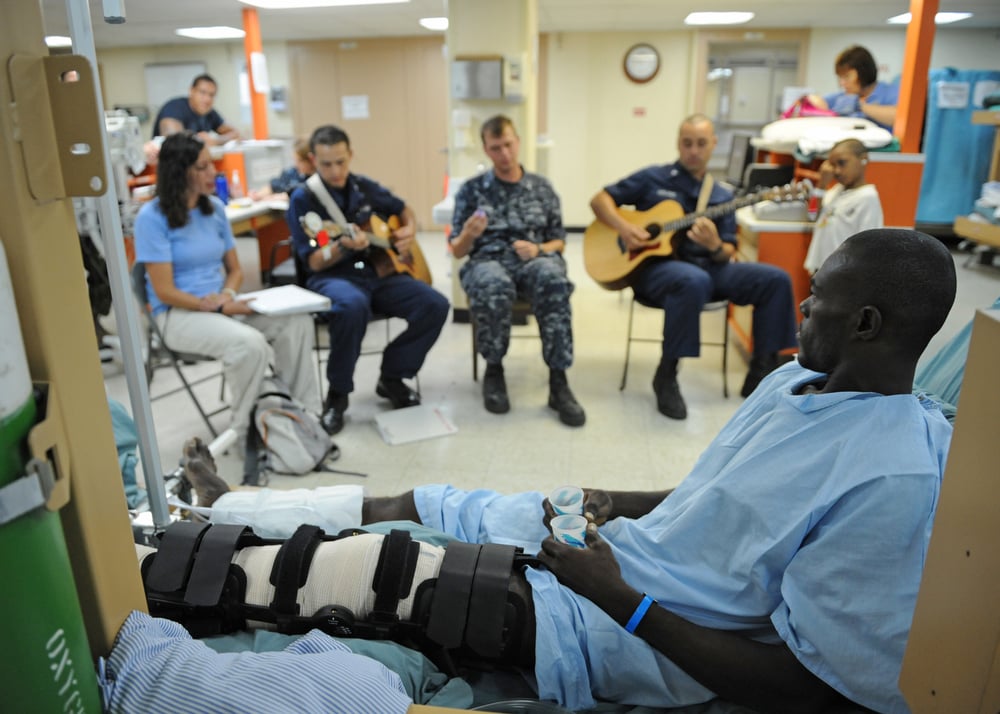
Music therapy performed for a patient in the US
But do doctors really use art to heal their patients? Well yes, some studies suggest that art can be used in cases of chronic pain to help relieve pain – e.g. in a patient with cancer. Studies also suggest that art is very beneficial for people with disabilities. Providing people with disabilities an opportunity to be involved in an art, helps them feel a sense of independence and autonomy. In addition, some studies suggest that music therapy can be of help to treat depression, anxiety and relieve the pain of terminal illnesses.
Sudanese doctors have a great sense of humour. A Facebook page called ‘Sudanese Doctors Got Talents’ shares how young doctors relate to their professions. They share very interesting stories from their day-to-day life and write about how love stories start in medical schools. Doctors share the strangest symptom they have come across from a patient, which made for a very entertaining and informative read. This page creates a space for doctors to express their concerns and hopes, and also the bad and good moments of being a doctor.
Medicine: science or art?
I recently conducted a survey regarding the relationship between art and medicine, targeting medical students aged between 20 to 22 with 70% of them being female and 30% being male. Half of the surveyees felt that there is a relationship between medicine and art while 40% believe there could be a relation, and 10% denied it. Among those who agree about the relationship between medicine and health, many feel that art can be used as a form of therapy, while others believe that the practice of medicine and even surgery is an art in itself. One of the interesting arguments was that art helps medical students visualise human anatomy. Another was that art gives medical students an imaginary capacity that helps them to have an in-depth view of the things around them. One respondent said that she believes studying medicine and understanding the human body has helped her understand nature and her surroundings. She also said that medical students and doctors have an artist’s personality.
Of the students interviewed, 70% practice some sort of art, mostly drawing and writing. Singing and playing music are also popular, while some are poets. Fifty-five percent of the respondents said they practice art to relax, 35% said it was to express themselves and their ambitions, while 10% said that they used to do it before joining medical school. Majority of the surveyees also said that Sudanese doctors practice art to relieve themselves from stress and working environment pressures. The medical students were equally split when asked if art affects their academics and those who think it affects them said art helps them relax and relieve the stress they have because of academic pressures. Eighty-five percent of the respondents believe that art can be used as a therapy for certain illnesses.
Most doctors practice some sort of art. Everyone has his or her own reasons, with stress-relief and self-calming being the major cause. The use of art in relieving chronic pain and certain illnesses is a promising field and an important addition to modern medicine. A doctor is an artist in some way or another.
Next time you visit a doctor, make sure to ask him or her whether they practice some kind of art in their medical career. I am sure that this might be the start of a very interesting conversation.
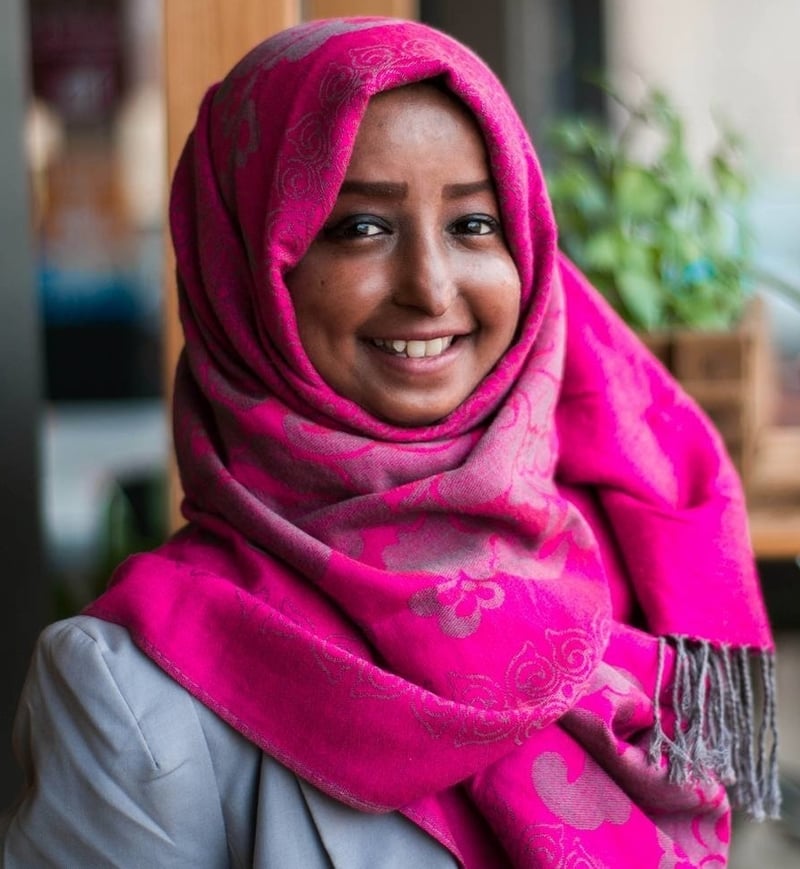 Azza Abdelmagid is a 21-year-old Sudanese medical student (and finalist) at University of Alzaiem Alazhari and a freelance translator. She is an active member of Medical Students’ International Network-Sudan (MedSIN-Sudan), a student organisation, uniting Sudanese medical students and giving them a voice. She is interested in Sudanese culture, traditional heritage, and public health specifically women’s health. She believes in youth and women empowerment, and enjoys volunteering, travelling and writing. She is inspired by Helen Keller’s quote: ‘Life is either a daring adventure or nothing’.
Azza Abdelmagid is a 21-year-old Sudanese medical student (and finalist) at University of Alzaiem Alazhari and a freelance translator. She is an active member of Medical Students’ International Network-Sudan (MedSIN-Sudan), a student organisation, uniting Sudanese medical students and giving them a voice. She is interested in Sudanese culture, traditional heritage, and public health specifically women’s health. She believes in youth and women empowerment, and enjoys volunteering, travelling and writing. She is inspired by Helen Keller’s quote: ‘Life is either a daring adventure or nothing’.

